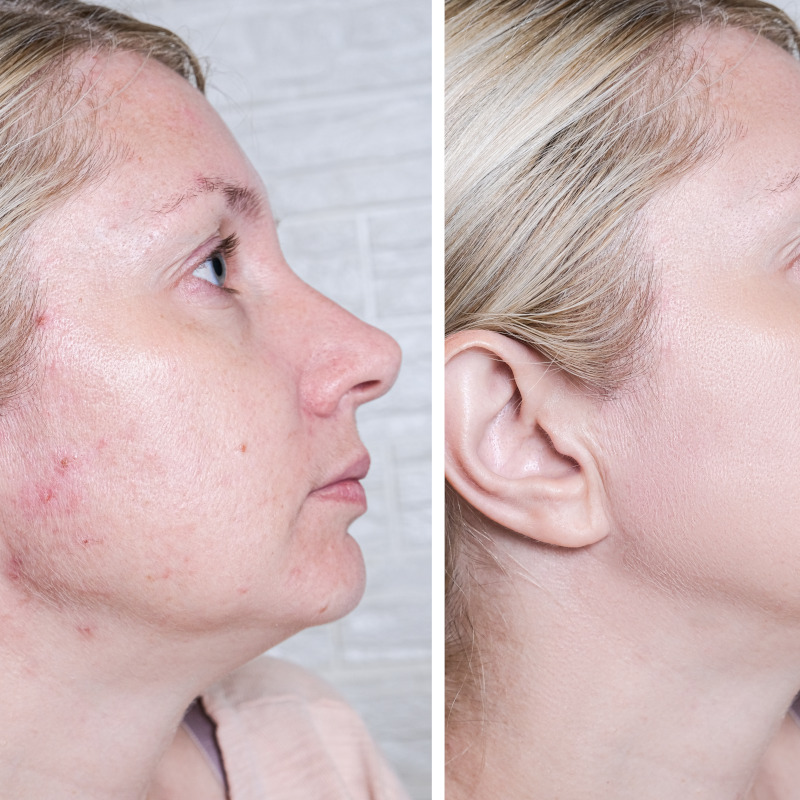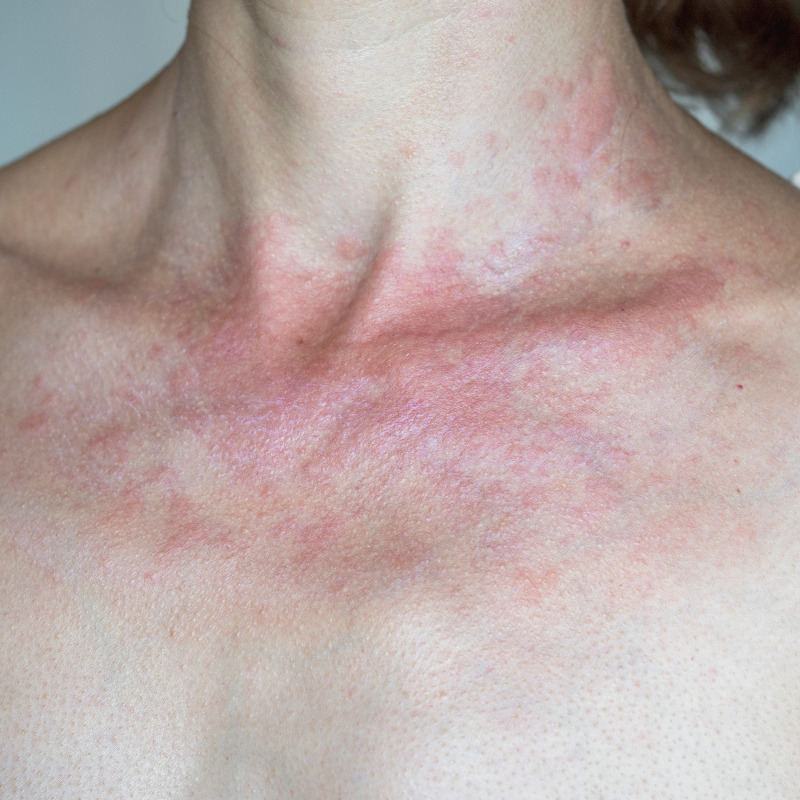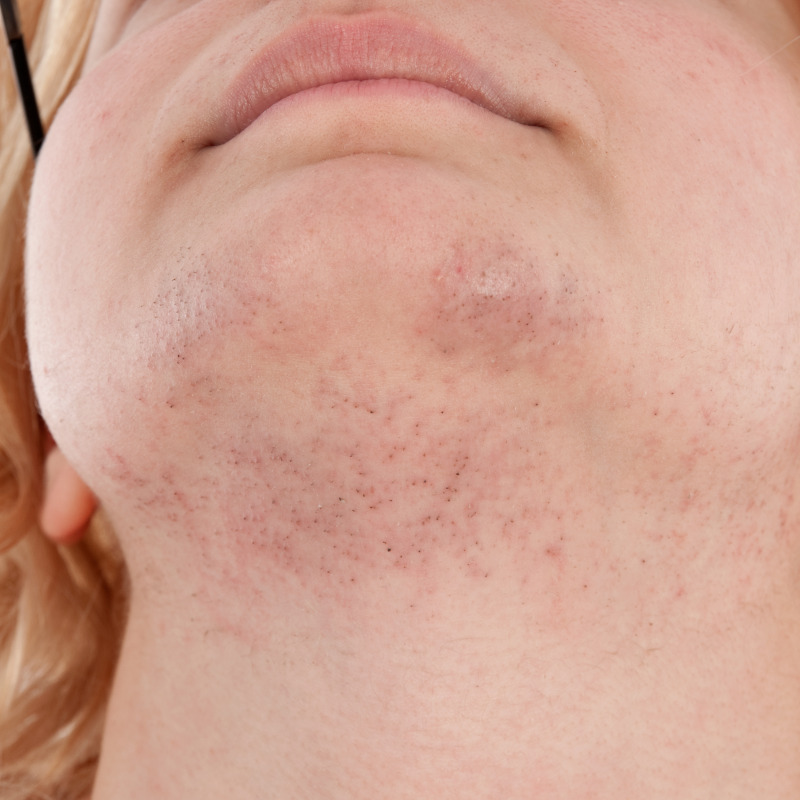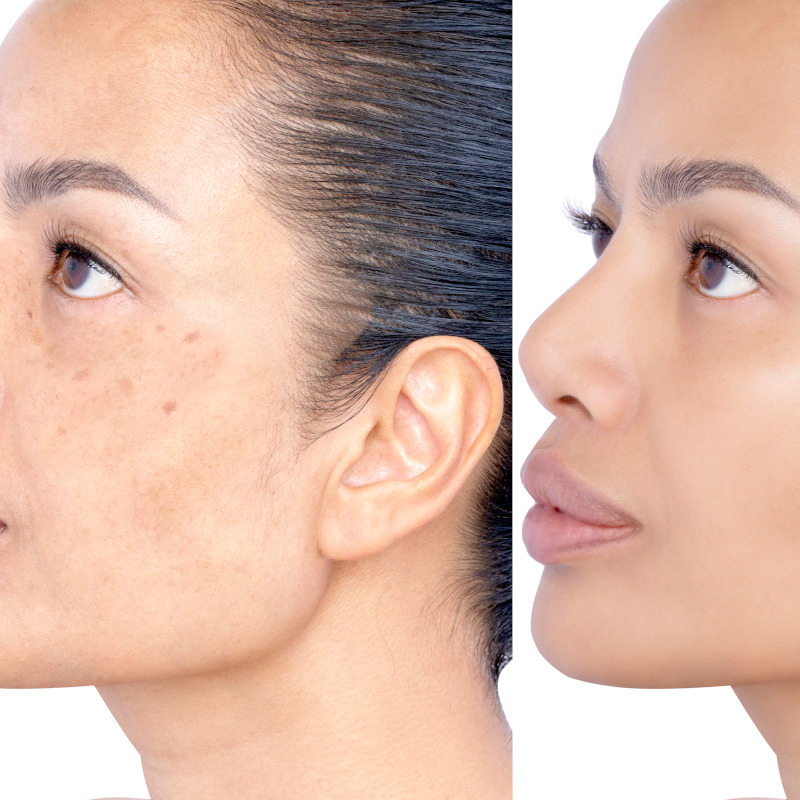What are Skin Tags and Moles?
Skin tags are harmless, flesh-colored growths (also called acrochordon) that range from a pinhead-sized bump to about the size of a pencil eraser. While skin tags don't require medical treatment, you may want tags treated if they cause irritation. A mole is a skin growth or a group of skin cells that looks brown, tan, or red. If you have an unsightly mole that is causing cosmetic concerns, please contact board-certified dermatologist Dr. Gainers at Madeliene Elaine to discuss potential removal.
Skin Tags and Mole Removal Reviews
Causes of Skin Tags and Moles
Skin tag causes
Tags on the skin are so prevalent that it is reported that a quarter of adults have one or more. Tags usually develop from friction created by skin rubbing against clothing. They commonly form under the arms, on the chest, neck, eyelids, and in the groin folds. In women, skin tags can also develop under the breasts. Skin tags may develop more frequently if you're overweight or as you get older. In addition, hormone elevations during pregnancy can also cause an increase in the formation of tags.
Mole causes
In most situations, lesions and moles are no cause for concern, but occasionally, they may irritate your skin, hinder confidence, and create unnecessary worry. The best candidates:
- Have moles or lesions that are causing them emotional or physical discomfort
- Have lesions or moles that are dark, large, or raised
- Would prefer an excision technique that will not leave severe scarring
Treatment Options for Skin Tags and Moles
Tags on the skin often do not require treatment, but you might want them removed. Tags can get caught in clothes or jewelry, leading to irritation, redness, or even bleeding. You may also want to remove a skin tag if it appears on your face or another visible area. To take off a tag, Dr. Gainers can perform a surface surgical excision. Different options include freezing or burning the tag.
Mole removal requires a few more steps. Dr. Gainers looks at several factors, including the size, depth, and location of the mole or lesion to decide the best removal technique. Moles and lesions that only extend skin deep or look flush with the skin’s surface may qualify for minimally invasive laser removal techniques. Moles and lesions that have grown deeper within may require excision. An excision is a minor surgical procedure. During an excision, Dr. Gainers will use local anesthesia to numb the area, remove the mole or lesion, and then carefully suture the skin closed for optimal results and minimal scarring.
Skin tags and mole removal FAQs
Do I need a mole removed?
Some moles do need to be removed, but not all of them. Irregular moles that are changing, growing, or bleeding should be seen by Dr. Gainers right away for a cancer assessment. However, noncancerous moles can still cause cosmetic concerns and can become irritated — so they may need to be removed as well.
Will I have a scar after removal?
Dr. Gainers does everything possible to ensure minimal scarring. Patients should keep the area clean and covered and report any signs of infection as soon as possible. The scar will be pink and a little swollen at first but will eventually fade as it heals.
Does insurance pay for treatment?
If the mole is removed for cosmetic reasons, it may not be covered by insurance. Moles that we feel are potentially cancerous could be paid by your insurance company depending on your coverage. Our knowledgeable staff in Chevy Chase, MD, can review your payment options, including easy payment plans, with you during your visit.
Remove Your Skin Tag or Mole
When you have tags or moles on your skin that appear unattractive or bothersome, Dr. Gainers can help evaluate and remove them. For either a skin tag or mole removal, Dr. Gainers can explain before creating your custom treatment plan. Our team at Madeliene Elaine invites you to contact our Chevy Chase, MD practice to schedule an appointment for skin tag or mole removal.




